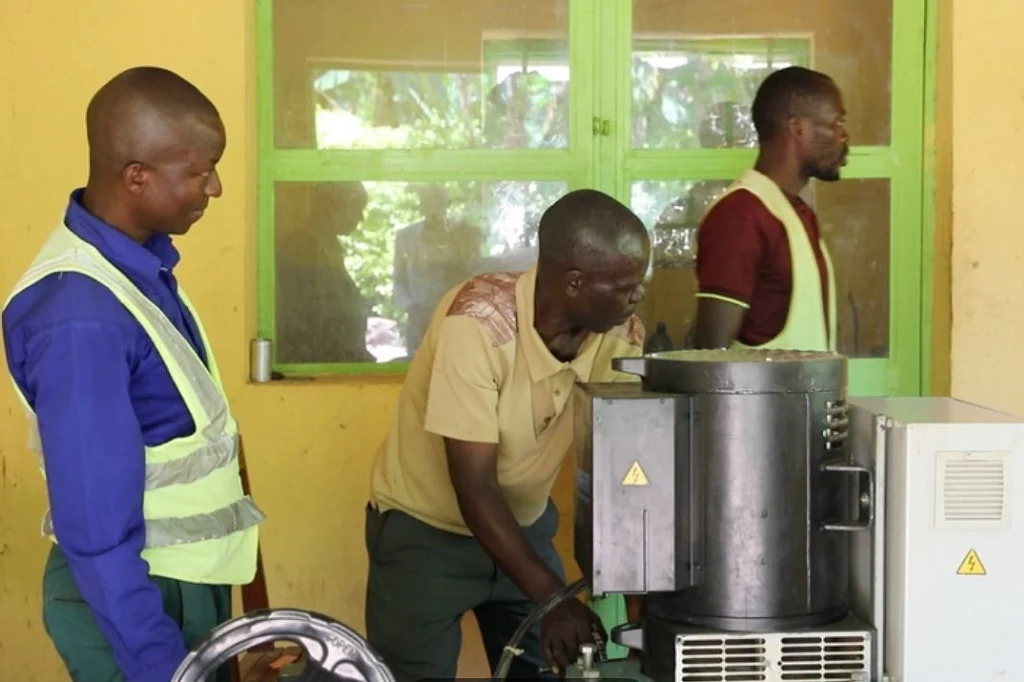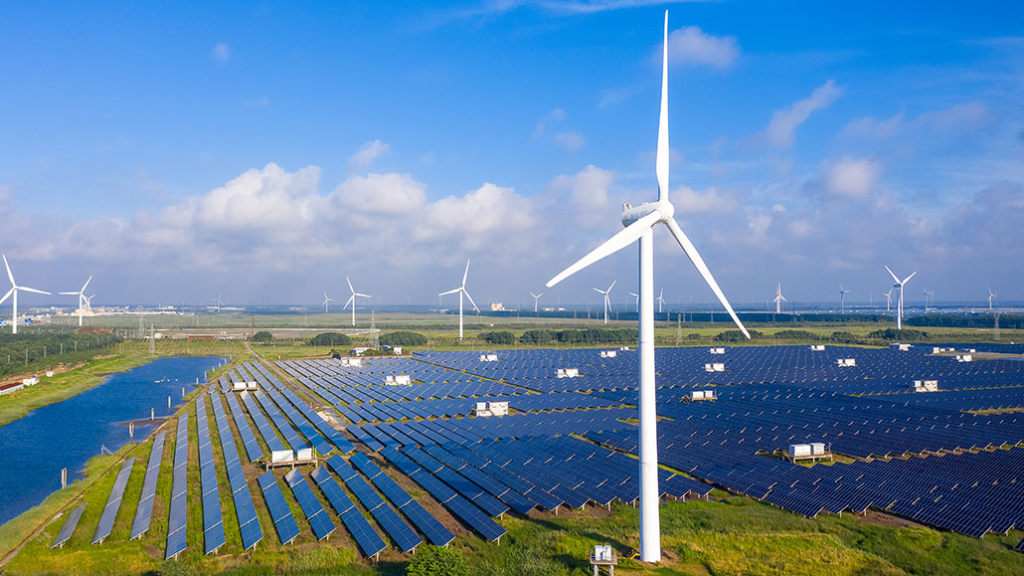A local electrician in Kirehe has used hydroelectricity to build a better future for his neighbors.
These dams divert rivers into canals that feed a dam, which in turn feeds a small power plant through a pipeline.
The distance between the water basin and Israel Habimana’s Nyagakoma hydropower plant is 2.5 kilometers.
The Rwandan government aspires to provide electricity to homes without it by allowing small independent power producers to set up shop there.
The hydroelectric plant in Habimana has 15 workers total.
He claims that although the company’s investment has not yet paid off, people’s lives are already being changed.
Habimana was inspired to use hydropower after seeing a similar setup close to the Rwandan capital of Kigali.
People in this area have only recently experienced electricity, and many of them died before experiencing it. When I was in Kibungo, I noticed a lot of lamps and then a small power station that I had previously seen at a religious building, and that’s when the idea to build this infrastructure struck me.
“Even though I never attended school, I persisted in pursuing my interests even though they were very challenging for me. Without disclosing my purpose, I frequently went to religious people’s small hydroelectric plant to observe how the machines operated before replicating them, says Habimana.
Habimana claims there have been some challenges despite receiving investment from the government-owned Rwanda Energy Group (REG).
“The difficulties I face are primarily caused by the lack of materials, particularly cables. I receive these materials from REG (Rwanda Energy Group) frequently, but not always. Additionally, because of the high demand and low revenues, it is challenging for me to expand the infrastructure, he adds.
The Rwanda Energy Group (REG) has provided statistics showing that from 10% in 2010 to 75% in 2022, the proportion of households with access to electricity has increased in the nation.
Over two million households are currently online nationwide, but at least 1.4 million families still lack access.
One of the families using the hydroelectric facility at Habimana is that of Jacqueline Nyirahirwa.
It has been about 15 years since they last had electricity.
A teacher named Nyirahirwa claims that living without electricity has been challenging for her family.
It’s challenging for us to live here because we’re far from services for the public, and we felt trapped. Life was impossible here because even the most fundamental activities required to live a moderately comfortable life require electricity, according to the speaker.
The family, according to Nyirahirwa, is anticipating a brighter future.
“Much will change for my family once electricity is available. When there is lighting in a home, we will start watching television, my kids will study in the evening without any issues, and even safety is present, she claims.
The students in this school had to make sure that they finished their homework during the day until now.
The Rwanda Energy Group, a government-owned corporation, was set up to import, export, produce, and distribute electricity throughout the country.
At the time, only Habimana, according to its CEO Ron Weiss, could have given the neighborhood any hope of receiving electricity.
“We helped him (Israel Habimana), we even helped in different ways, and even we encourage him to continue because this particular area of Kirehe in that time we need electricity and the grid is not yet coming nearby,” the speaker claims.
New businesses have popped up in the area since electricity was introduced, but in Nyawera, at least 120 families are still without power because the plant is too small to supply everyone who needs it.








